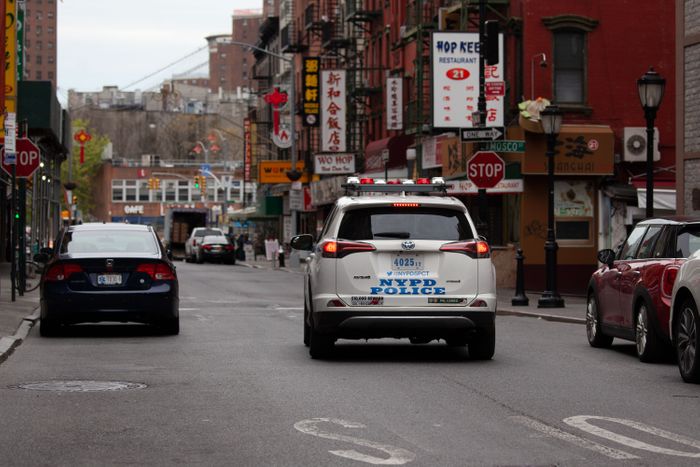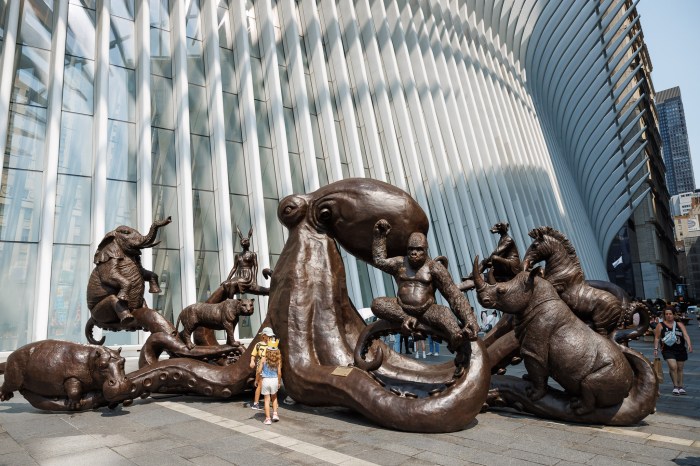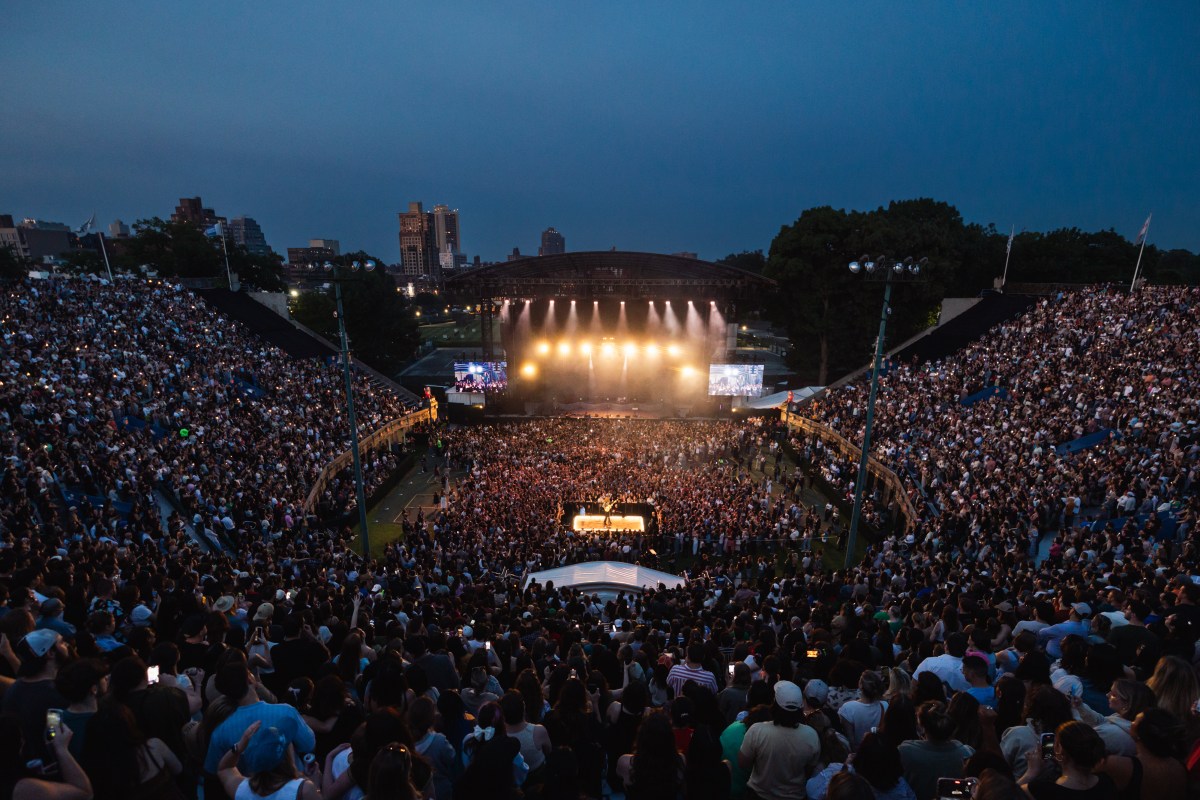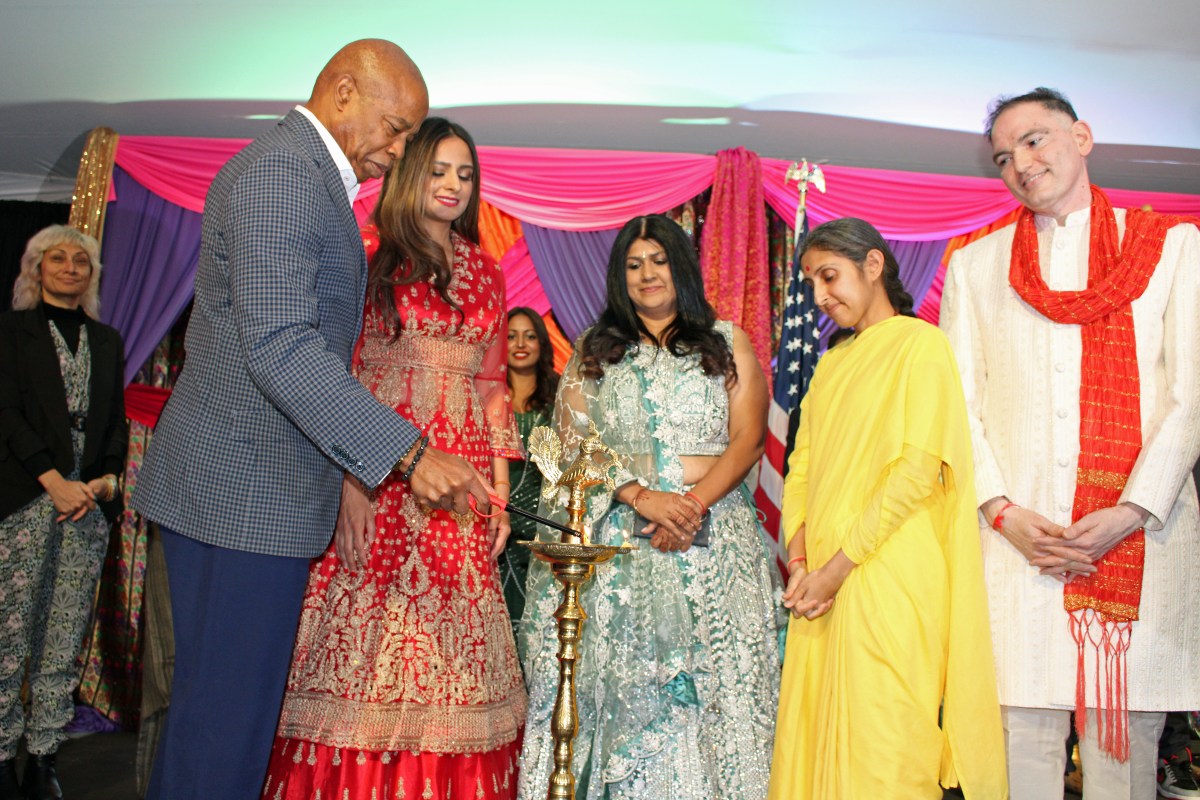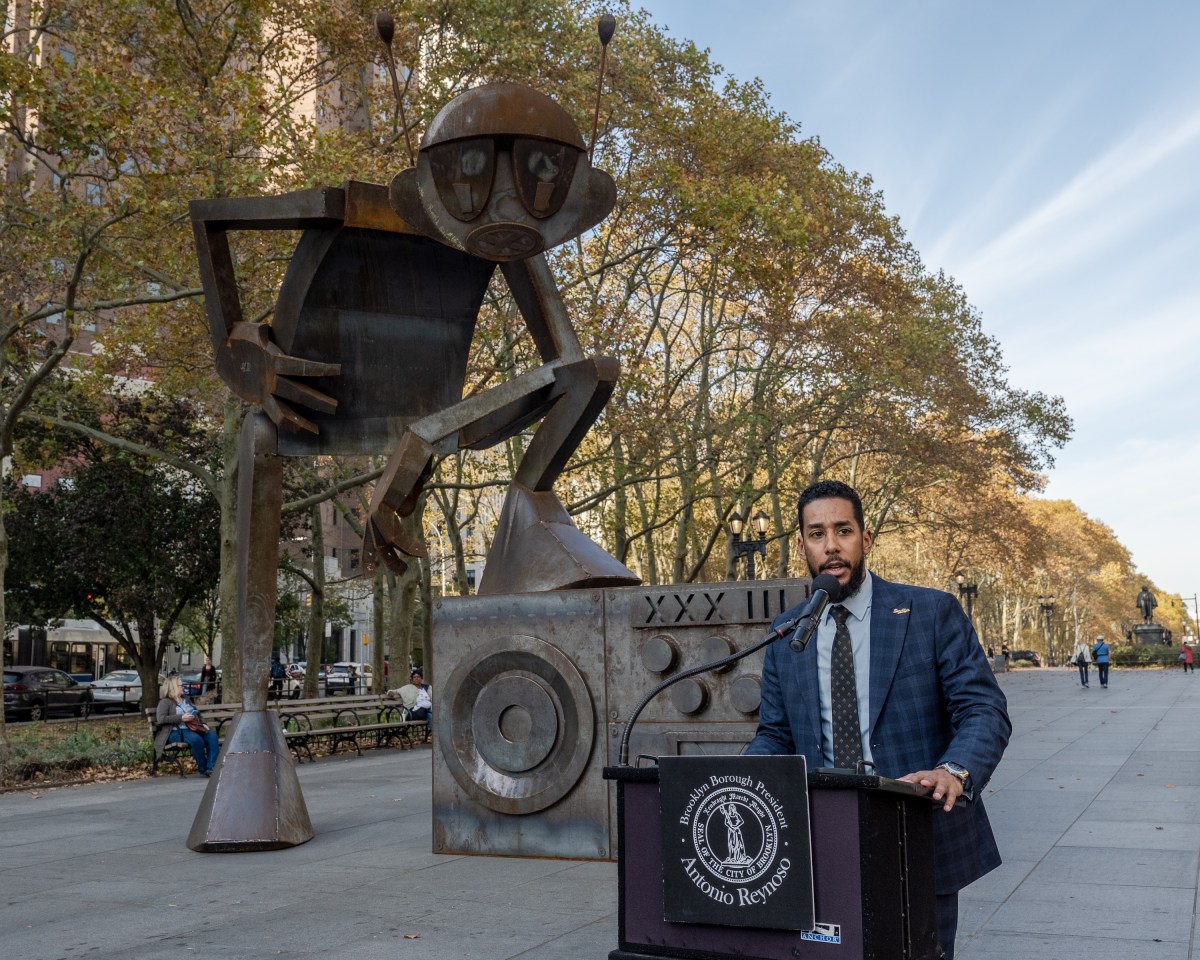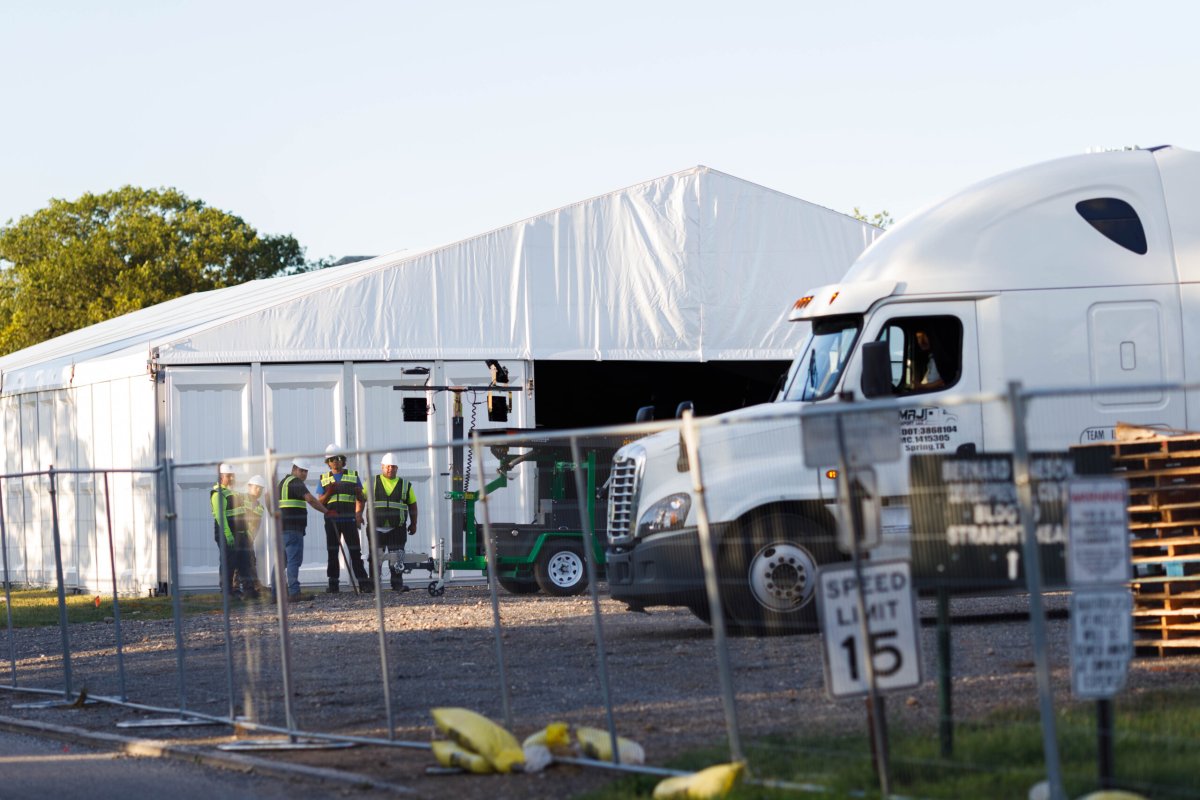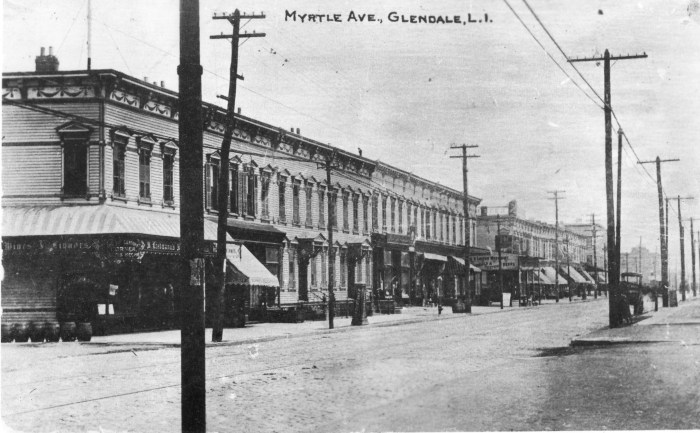By Ese Olumhense, Rachel Holliday Smith, Ann Choi and Christine Chung
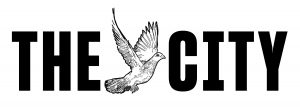
This story was originally published on April 20, 2020 by THE CITY.
Reports popping up all over the internet — lengthy Facebook threads, frustrated tweets, and heartbreaking Instagram stories — point to a wave of anti-Asian sentiment, unleashed by the coronavirus pandemic, in the city and beyond.
Meanwhile, local Asian-American community advocates say official tallies aren’t capturing the magnitude of what’s happening, prompting groups and individuals to begin collecting complaints themselves.
“We’ve been suffering from business slowdowns, from bias crimes and hate crimes and yet [City Hall] is still working on a plan,” said Jo-Ann Yoo, executive director of the Asian-American Federation. “All of this was happening in January. Here we are in mid-April and they’re still working on a plan.”
The City Commission on Human Rights (CCHR), which enforces human rights law in the city, on Sunday announced it was just launching a special task force to deal with the rise of anti-Asian incidents.
“While this task force is welcome news, we still believe the city needs to do more to meaningfully address the uptick in and prevention of these incidents,” said Joo Han, deputy executive director of the federation, in a statement.
The city Commission on Human Rights, which also investigates employment and housing discrimination, says it has teamed with other agencies, Asian community organizations and politicians to coordinate a dozen COVID-19 public education events since February.
Five of them took place before the state’s PAUSE began, and five were in Mandarin or included interpretation services, officials added.
Since the start of the year, nearly 250 bias incident complaints have been reported to the commision, officials said. Of these, 105, or 42%, were directed at Asian-Americans.The CCHR is investigating 18 of these reports, and have resolved nine cases. The commission did not provide numbers for previous years for comparison.
Han said the AAF and its partners are hoping to work with city officials to reach out to Asians in New York to “educate them about their rights and safety measures available to them, and create a process that encourages reporting without putting the individuals at risk or creating more over-policing of communities of color.”
Unreliable Statistics
Recently released NYPD statistics only included one recorded report of a hate crime directed toward Asians this year through April 12 — down from three during the same period in 2019.
Police created a new hate crime category called “Other Corona,” which has logged 11 incidents. All of those attacks targeted Asian people, the Wall Street Journal reported. Put another way, reported attacks against Asians were actually up 300%, not down 67%.
Hate crimes only include criminal acts spurred by bias — not all racist incidents, like hurling slurs. According to the police department’s guidelines, a hate crime is motivated because of the identification of the victim, which could include their race, ethnicity or religion.
And even 11 seems extremely low to advocates and politicians like Assemblymember Yuh-Line Niou (D-Manhattan), who reports a huge increase in people contacting her office about racist verbal and physical assaults.
The incidents began in January, just as news of the coronavirus spreading in Asia ramped up, she said. Now, it’s an everyday thing.
After Niou, the only Asian woman in the state legislature, appeared on a segment of PBS’ MetroFocus discussing the issue in late March, victims flooded her inbox and phone.
An Asian woman had acid thrown on her.
A two-year-old Asian baby was stabbed.These are only 2 of the 100s of anti-Asian hate crimes during #COVID19. If you’ve seen or experienced one report it here: https://t.co/eQ1fveog1z#NoAAPIHate #STOPAAPIHATE pic.twitter.com/ZXR1jgKogX
— Asian American Federation (@AAFederation) April 20, 2020
“Every time that they air it, I get at least — I’m not even kidding — at least 20 to 40 emails, 10 or 12 texts, if they know me. People who follow my Twitter account DM [direct message] me … reaching out to me telling me what happened to them,” she said.
“There’s two viruses going around, two epidemics. One is the virus itself, COVID-19. The other one is xenophobia and racism,” she added.
The state attorney general’s office, through its new hate crimes hotline, is also seeing an influx of calls complaining of hate crimes or bias incidents.
“Although it is difficult to draw any major conclusions about the prevalence of bias in the state given the recency of the hotline, the majority of the complaints received are instances of anti-Asian verbal taunts in New York City,” a spokesperson at the attorney general’s office said.
‘Pretty Horrific’
Questions over accounting of hate incidents has led some groups to take the task into their own hands.
“We’re on edge,” said Jan Lee, Chinatown resident and co-founder of Neighbors United Below Canal. “I tell my family members to not go outside alone. Even my partner and I only go out in the daytime.”
He monitors incidents reported through a Facebook group called Crimes Against Asians, created by the English-language Asian media site NextShark.
“It is just a constant scroll every day of new stories. And a lot of it is backed up by video evidence, so you can’t say that people are making it up,” he said. “It’s actually pretty horrific.”
Not all of these incidents are reported to police, community members said. And even when a report is made with police, some who spoke with THE CITY said, sometimes there’s little or no action taken.
In one case noted by the group, a young Asian-American family reported being harassed in late March by a white homeless woman on a Midtown street covered by the 17th Precinct.

The woman allegedly approached their toddler shouting racial slurs, including the n-word. The child’s mother, who spoke to THE CITY on the condition of anonymity, said she called police right after the incident. She said she took a picture of the woman and preserved her building’s recording of the altercation.
But she said when two police officers heard the description of the woman, they told the family they were familiar with her — and that she could not be committed to a hospital for mental health reasons because she knew her name and birthday.
“They asked me whether she had lunged at us with a closed or open fist,” the woman said, “and asked if my husband was black.”
The mother asked for a report number but the officers declined, saying an investigator would follow up with the family, she recalled. She missed a call from the NYPD investigator on the day of the incident and called back for the next five days, but could not reach anyone with information about her case, she said.
A friend of the woman connected her to the CCHR, but she was unsure whether a civil complaint was the right step.
“I’m not trying to sue her for money,” she said. “I just want her to not kill my child.”
Three weeks after the incident, she said she received a call from the precinct’s captain, who notified her that the investigation had been closed.
“You really are just saying, ‘Let’s wait till the next time when my daughter is alone, or with my elderly nanny and then my daughter really does get attacked,” she said. “You are basically saying, like, ‘Talk to me when you are dead, when your daughter is dead.’”
The city’s Human Rights Commission confirmed the woman did not file a case with the agency.
The NYPD did not respond to a request for comment.
Making the Case
The Asian-American Federation has created a survey to track incidents and to connect victims of hate with needed support.
“For some reason, hate crimes against Asian American community and the potential of that wasn’t taken seriously,” said Yoo.
Groups are collaborating to document complaints of bias, too, like the Anti-Semitism Accountability Project, or ASAP, which has teamed with the America China Public Affairs Institute to create its own bias incident reporting tool.

The idea for the project, launched on April 15, is to encourage people to report seemingly minor racist acts, said Fred Teng, president of ACPAI, a nonpartisan nonprofit dedicated to fostering U.S.-China relations.
“The issue is sometimes, by itself, it might not seem like a major crime that you can prosecute someone for — someone spits on your face, or just trips you over, or something like that,” he said. “However, if we start to document that and to show there is a trend, there is an effort across a spectrum, I think that we can make a case and we can have our lawmakers and others pay more attention to it.”
Often, he added, victims are reluctant to report being attacked.
“Many of the people, they get punched on the subway — just one punch, they didn’t get hurt or anything — they just go home! They don’t report it!” Teng said.
‘Happening Everywhere’
That thinking also motivated Boram Lee and Ja Young Choi, doctoral students at Harvard, to create a crowdsourced map of racist incidents.
“At first, because Boram and I are based in Boston, we were getting most of our submissions from the Boston area,” said Choi. “Then somebody from New York City contacted us, and they wanted us to make a map for their city. So at first we separated the two maps, and we made one for Boston, and one for New York City. But then we started to realize that this was not confined to certain cities.
“It’s happening everywhere.”
This story was originally published by THE CITY, an independent, nonprofit news organization dedicated to hard-hitting reporting that serves the people of New York.



